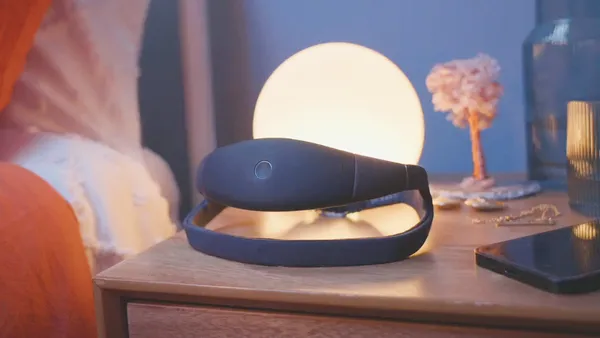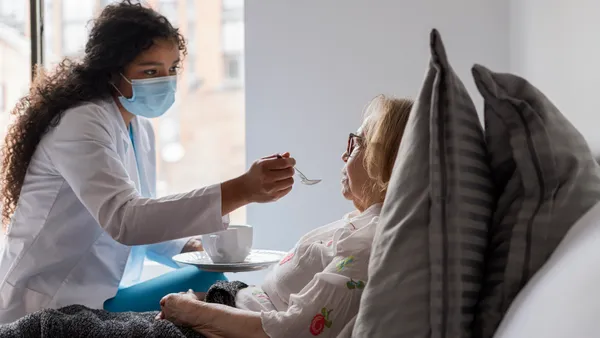Dive Brief:
-
FDA released Tuesday the source code to an app that drug and device maker sponsors can use to collect real-world data.
-
The app, MyStudies, underwent testing as an FDA-branded product but is now available for sponsors to adapt and use.
-
FDA designed the app to enable researchers to collect patient-reported information and link it to EHRs in a manner compliant with its regulations.
Dive Insight:
Proliferation of smartphones has opened new opportunities for researchers to remotely collect data from patients. Software vendors and large drug and device companies have created mobile apps to seize these opportunities but, as FDA sees it, comparative effectiveness and safety research are being held back by the lack of secure, reusable and compliant software.
Using money from a patient-centered research fund created by the Affordable Care Act, FDA set out to address this perceived gap in the app landscape. The result is MyStudies, an app FDA created in collaboration with Harvard Pilgrim Health Care Institute, LabKey and Boston Technology Corporation.
MyStudies has a breadth of features relevant to the remote enrollment and assessment of patients. The app can confirm if a user meets a study's eligibility criteria, walk them through a digital informed consent process, gather information via questionnaires and pull data into a secure, FDA-compliant storage environment.
FDA's decision to make the source code available on an open source basis means companies can use MyStudies as the starting point for their own custom branded apps. The source code for versions of the app that run on Apple's ResearchKit and the Android equivalent are available.
FDA released the source code after putting MyStudies through a pilot assessment. The pilot gathered data on 64 pregnant women. FDA and its collaborators chose to study pregnant women due to gaps in the information about these people in other sources of real-world evidence. Claims data provides incomplete information on the use of medications, tobacco and other key variables.
The 19 participants who conducted exit interviews provided broadly positive feedback on the app. However, the pilot also ran into difficulties. User acceptance testing, questionnaire configuration and IRB submission took longer than expected. FDA suffered another setback when Apple rejected a final update to the app days before the pilot was due to start enrolling subjects.
The delays forced FDA to shorten the data collected period from a planned four to six months to around three months. Once the study got started, FDA's collaborator Kaiser Permanente Washington Health Research Network sent invitation letters to more than 1,000 people, and called around half of the targeted population up to three times. After those efforts, 64 people agreed to take part.
One-quarter of the people who participated in the study took more than one month to enroll. Once in the study, 70% of participants provided information not covered by their EHRs, and 60% of women answered questions about their drug and alcohol use. Engagement fell over time, though, with far fewer people completing recurring questionnaires. The median engagement period was 35 days.
FDA achieved these enrollment and engagement figures without offering people incentives to take part in the study or deploying the more comprehensive recruitment strategies used by clinical trials. Companies could combine the source code with such strategies to potentially improve on the pilot.
The open-source nature of the code means companies can also try to improve the app itself. Budget and time constraints forced FDA to omit some desired features, such as the ability to tailor questionnaires to responses previously provided by participants. FDA plans to add some of the omitted features to the source code in the coming quarters.













